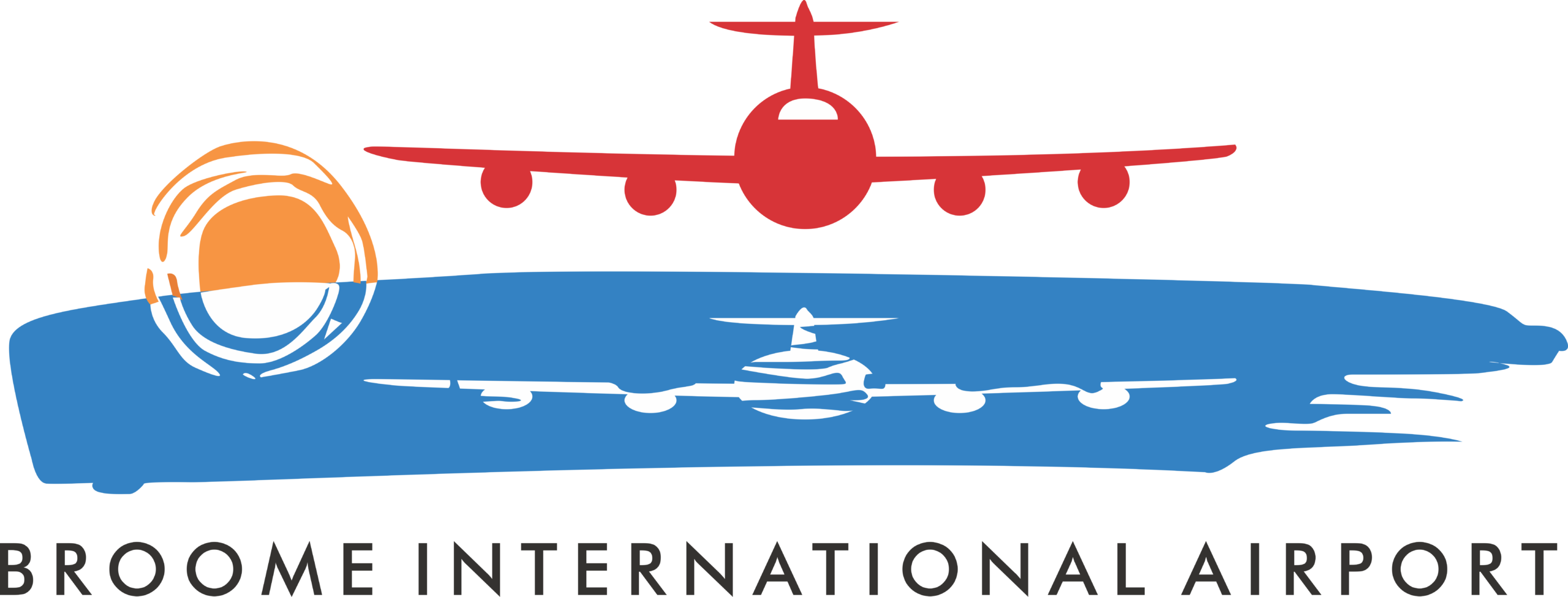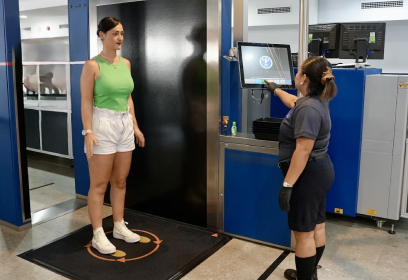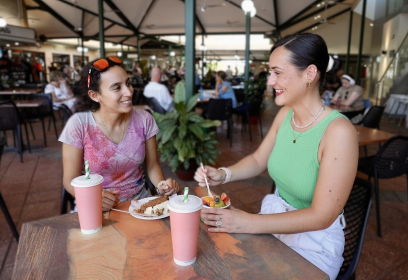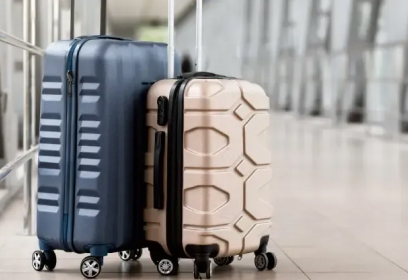
Broome Airport Compliance & Regulations
Keeping Your Travel Safe, Simple, and Secure
At Broome International Airport, compliance is key in creating a safe, smooth and welcoming travel experience for everyone.
Whether you’re flying for work, relaxing on holiday, or connecting with the Kimberley region, our approach to Broome Airport compliance ensures that every process behind the scenes is working as it should, supporting a seamless journey for you.
From secure access and respectful behaviour to noise management and safety checks, we follow national aviation regulations and local best practice in everything we do.
What Compliance Means at Broome Airport
Compliance might sound complex, but it’s all about helping things run safely and smoothly at Broome Airport. These regulations support everything from security screening and airside access to vehicle movement and aircraft noise control. We regularly review and audit our systems to make sure we’re not just meeting the standard, we’re upholding it with care.
The following key legislation shapes Broome Airport’s compliance:
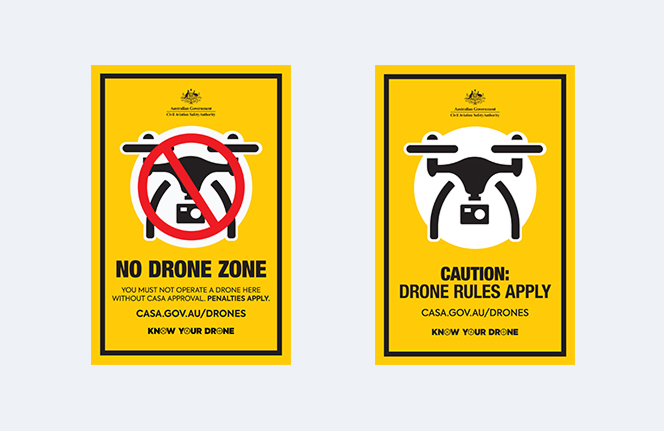
Know the Rules of Operating a Drone
Before you take off, it’s essential to understand and follow key safety guidelines. While the rules below are common across Australia, always confirm with CASA for the most up-to-date regulations.
- Do not operate within 5.5 km of the airport without CASA approval.
- Commercial operators must hold a valid Remote Operator’s Certificate (ReOC).
- Recreational flights must stay below 120 metres (400 ft) AGL and remain in visual line-of-sight.
- Avoid flying over people, vehicles, or populated areas.
- Use CASA’s ‘Can I Fly There?’ app to confirm local restrictions before any operation.
Airside Vehicle Control
Vehicles operating in airside areas must follow strict procedures.
Airside Vehicle Control Manual
Our Airside Vehicle Control Manual outlines key requirements such as:
- Approved vehicle routes
- Speed limits
- Radio communication and escorting rules
These processes play a vital role in maintaining legal compliance at Broome Airport and keeping people safe.
Authority to Drive Airside (ADA)
To drive in airside zones, you’ll need a valid Authority to Drive Airside (ADA). This ensures drivers understand the rules and risks of operating vehicles near aircraft. To apply, you’ll need:
- A current ASIC
- A valid Australian driver’s licence
- Completion of our airside induction and driver’s handbook
- Payment of a $88 fee (incl. GST)
- If applicable, an Aeronautical Radio Operator Certificate (AROC)
- Application form
Fly Neighbourly Procedures for Aircraft Operators
At Broome International Airport, we aim to balance efficient aviation operations with care for our local community. Our Fly Neighbourly Program helps manage aircraft noise and supports safe, respectful flying practices within the Broome region.
The following procedures apply to piston-engine aircraft, turboprops, and twin-engine helicopters operating within the Broome environs. All pilots are asked to follow these guidelines wherever possible, subject to overriding Air Traffic Control (ATC) instructions or weather-related conditions.
Arrivals
To reduce noise over residential areas, arrival procedures are designed to establish aircraft on final approach over water wherever possible.
Piston Engine and Turboprop Aircraft
- Runway 10: Aircraft to be established on final while over water
- Runway 28: Aircraft to be established on final approach over Dampier Creek
Twin-Engine Helicopters
- Runway 28: Conduct an oblique final approach north of the shopping centre and land midway down the runway
Departures
Departing aircraft are required to follow routes that minimise overflight of built-up areas and manage altitude before turns are initiated.
Piston Engine and Turboprop Aircraft
- Runway 10: Climb on runway heading until over Dampier Creek
- Right turns: Not to be commenced below 1500ft
- Left turns: Remain clear of built-up areas before setting heading
Twin-Engine Helicopters
- Runway 10: Pass north of the shopping area and remain clear of built-up zones before turning
- Runway 28: Maintain takeoff heading until over water
- Right turns: Not to be commenced below 1500ft
- Left turns: Remain clear of built-up areas before setting heading
Circuit Training
To reduce disruption to the community, circuit training is restricted to specific times, directions, and areas, particularly at night.
Piston Engine and Turboprop Aircraft
- Left circuits: Not permitted between 2000–0900 WST for all aircraft
Twin-Engine Helicopters
- All circuits: To be flown south of the airport in accordance with airport procedures
- Night circuits: Use oblique departures and arrivals for Runways 10 and 28
- Night operations: Not permitted on Sunday and Monday nights
Safety and Security Protocols
At Broome Airport, we prioritise safety and security through clear compliance and regulations, protecting passengers, staff, and visitors from the moment they arrive.
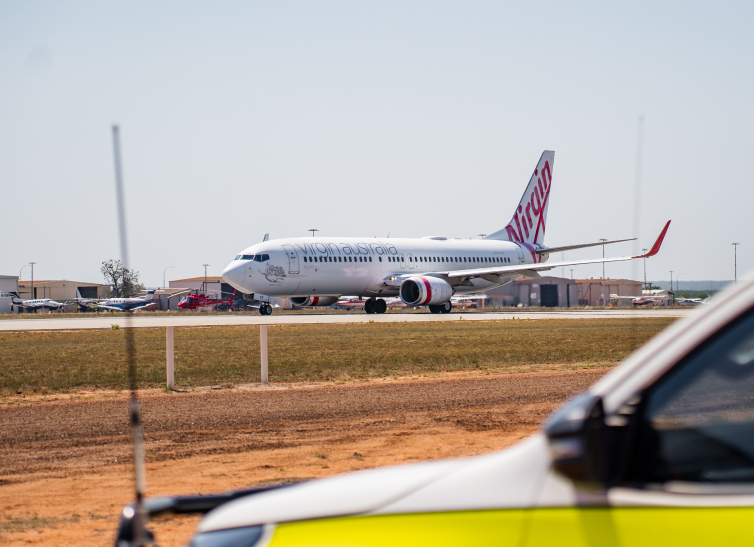
Compliance Information for Operators and Service Providers
Broome Airport works closely with all on-site partners to ensure a safe, efficient and lawful operating environment. If you’re an airline, ground handler, or service provider, it’s important that you and your staff are familiar with the following compliance areas:
- Access control and ID requirements (ASIC, VIC)
- Airside driving rules (as outlined in the Airside Vehicle Control Manual)
- Conditions of Use for operating within the airport precinct
- Security and safety protocols, including screening and behaviour expectations
Please ensure all staff complete relevant inductions, hold valid documentation, and understand their responsibilities under Broome Airport’s compliance framework.
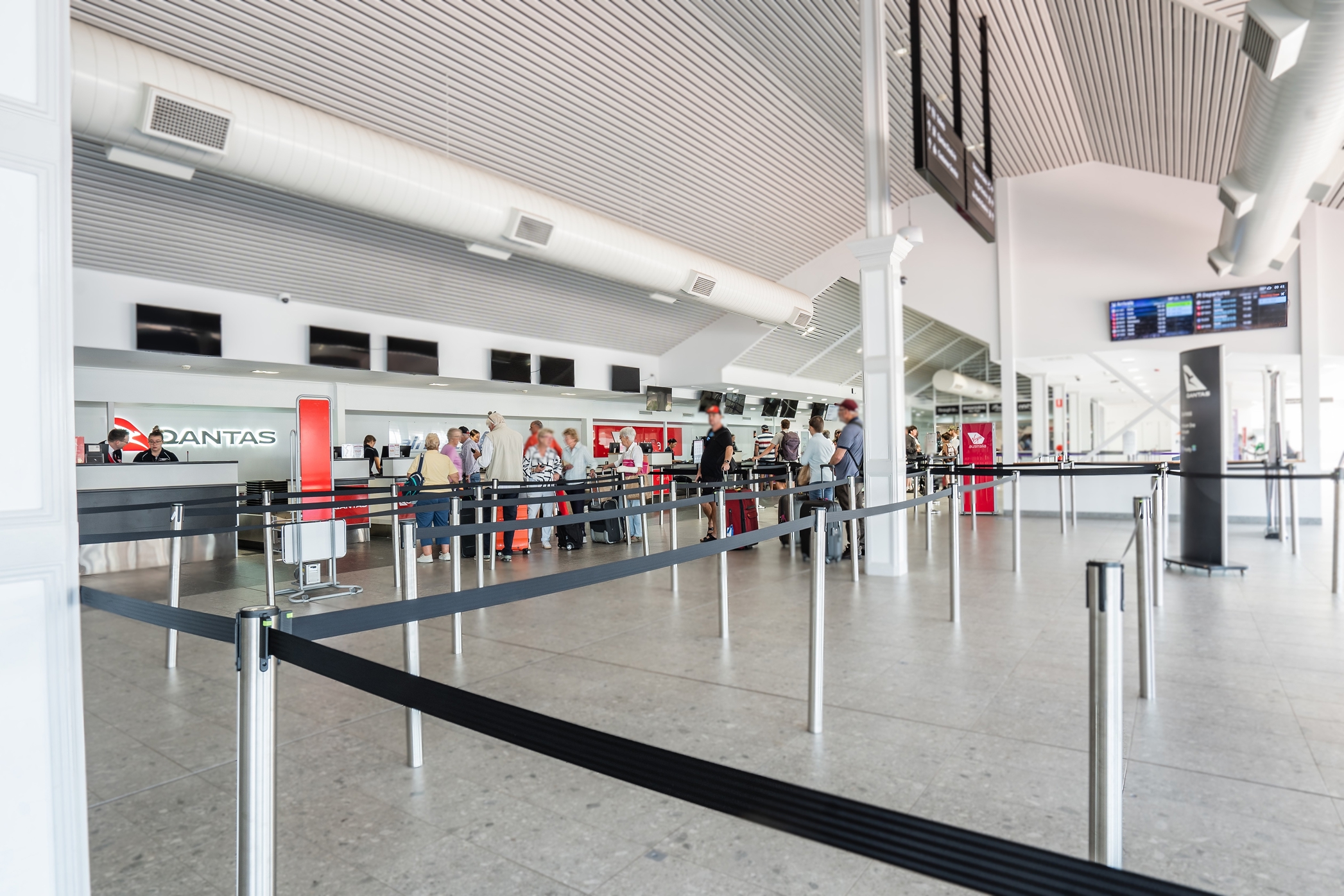
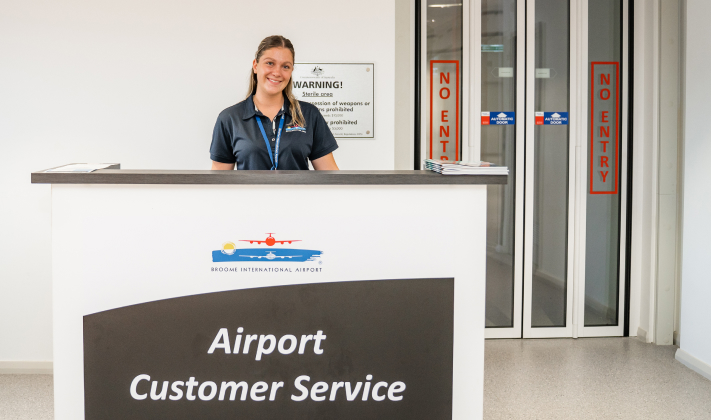
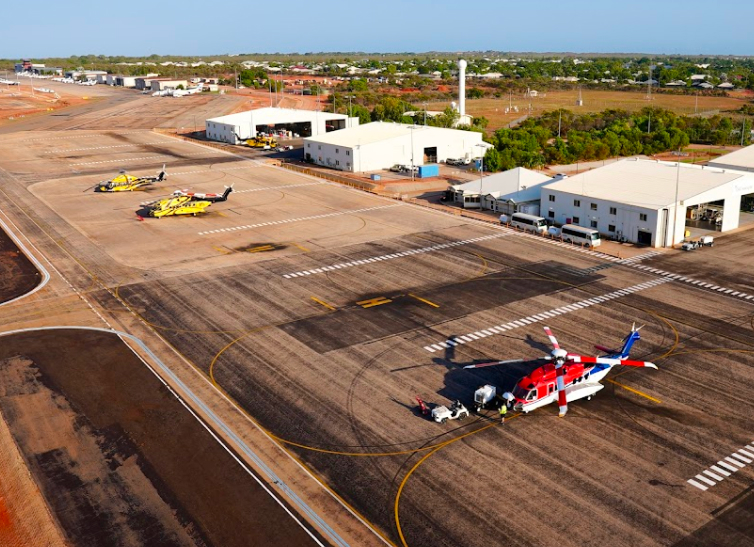
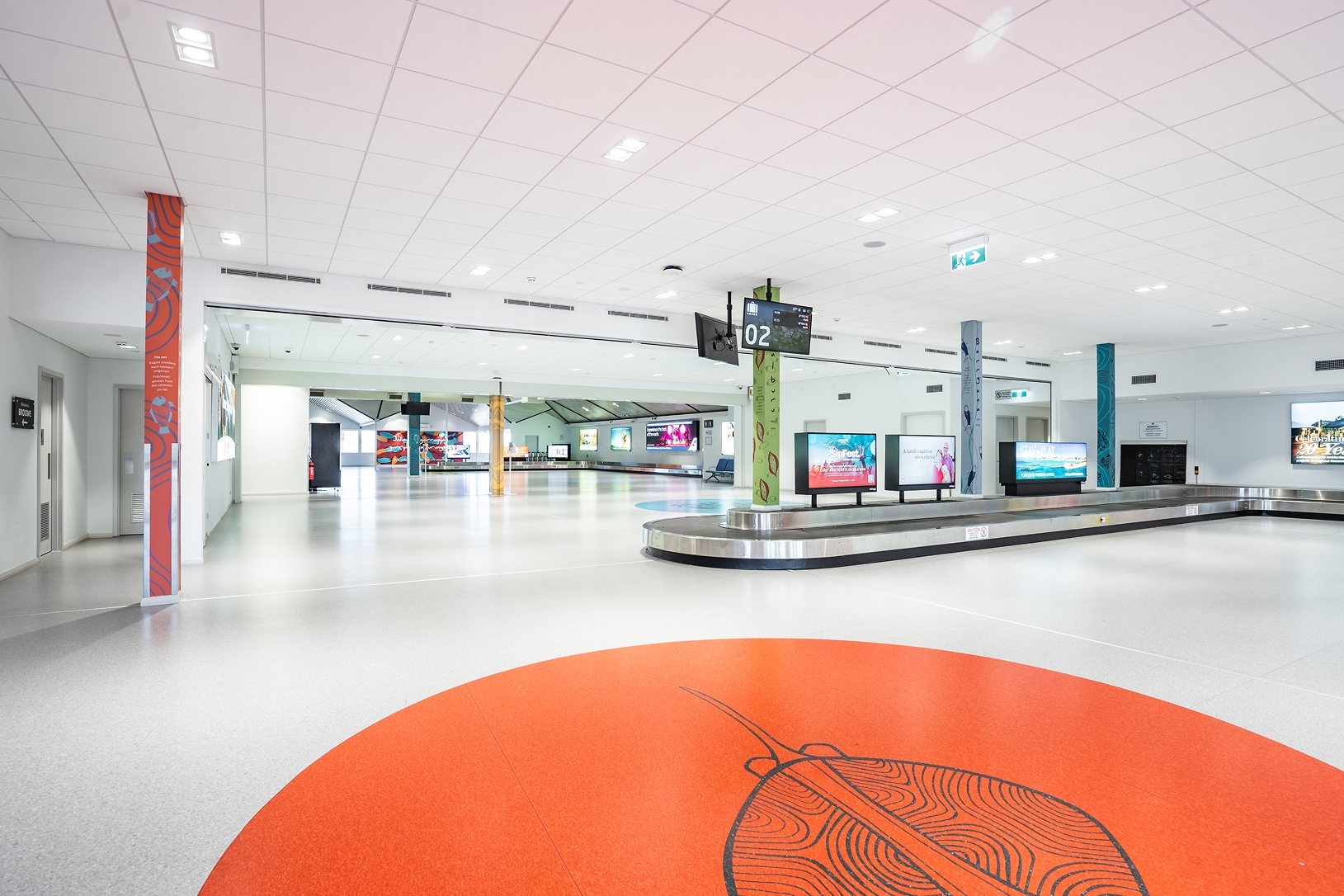
Need Help?
Need help with permits, drone use, or airside access? For regulatory information, please visit the CASA website.
Frequently Asked Questions
Broome International Airport is here to make your travel experience as smooth and stress-free as possible.
